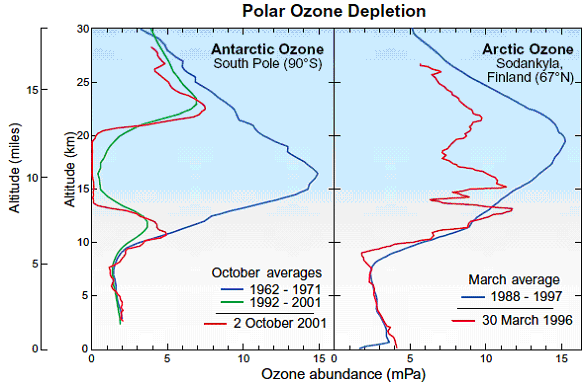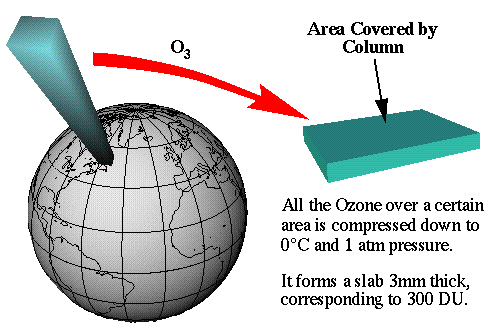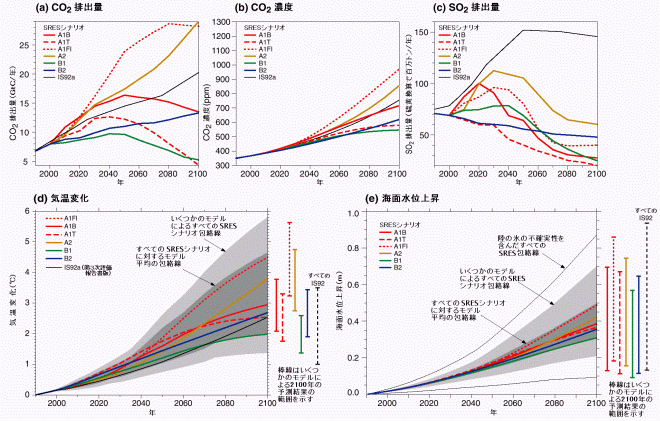|
(定義) 第二条 この法律において「環境への負荷」とは、人の活動により環境に加えられる影響であって、環境の保全上の支障の原因となるおそれのあるものをいう。 2 この法律において「地球環境保全」とは、人の活動による地球全体の温暖化又はオゾン層の破壊の進行、海洋の汚染、野生生物の種の減少その他の地球の全体又はその広範な部分の環境に影響を及ぼす事態に係る環境の保全であって、人類の福祉に貢献するとともに国民の健康で文化的な生活の確保に寄与するものをいう。 3 この法律において「公害」とは、環境の保全上の支障のうち、事業活動その他の人の活動に伴って生ずる相当範囲にわたる大気の汚染、水質の汚濁(水質以外の水の状態又は水底の底質が悪化することを含む。第十六条第一項を除き、以下同じ。)、土壌の汚染、騒音、振動、地盤の沈下(鉱物の掘採のための土地の掘削によるものを除く。以下同じ。)及び悪臭によって、人の健康又は生活環境(人の生活に密接な関係のある財産並びに人の生活に密接な関係のある動植物及びその生育環境を含む。以下同じ。)に係る被害が生ずることをいう。 (Terminology) Article 2 1 For the purpose of this law, "environmental load" means any adverse effects on the environment generated by human activities which may cause interference with environmental conservation. 2 For the purpose of this law, "global environmental conservation" means environmental conservation regarding such phenomena as global warming, the ozone layer depletion, marine pollution, decrease in wildlife species and others which are caused by human activities and affect the environment of the entire globe or a large part of it, which contributes to the welfare of mankind as well as to the healthy and cultured living of the people. 3 For the purpose of this law, "environmental pollution" ("Kogai" in Japanese) means, among interference with environmental conservation, air pollution, water pollution (including a deterioration of water's unadulterated state other than the water quality and the quality of the bottom. The same shall apply hereinafter except for Article 16 Paragraph 1.), soil contermination, noise, vibration, ground subsidence (excluding subsidence caused from land excavation for mineral exploitation. The same shall apply hereinafter.) and offensive odors affecting an extensive area as a result of business and other human activities, which cause damage to human health or the living environment (icluding property closely related to human life, as well as fauna and flora closely related to human life and their living environment. The same shall apply hereinafter.) |
|
〔NOAA Aeronomy Laboratoryの『International Ozone-Layer Assessments』の『WMO/UNEP Scientific Assessment of Ozone Depletion: 2002』の『Twenty Questions and Answers About the Ozone Layer』の『III STRATOSPHERIC OZONE DEPLETION』の中の『Q11: How severe is the depletion of the Antarctic ozone layer?』から〕 南極と北極上空のオゾン層が破壊されていることを示す観測データ。フロンが犯人であるが、両極とくに南極で破壊が著しいのは極域成層圏雲が重要な役割をしていると考えられている。 |
|
Largest-ever Ozone Hole over Antarctica 〔NASA earth observatoryの『News』の『New Images』の中の『Largest-ever Ozone Hole over Antarctica』から〕 南極大陸上空のオゾンホール(青色部)。過去最大のときのもの。 |
|
Dobson Unit - Definition 〔Centre for Atmospheric Science(Cambridge University, UK)によるThe Ozone Hole Tourの中の『Dobson Unit - Definition』から〕 ドブソン単位は、ある場所の上空に存在するオゾンを0℃および1気圧の条件になるように圧縮した場合、その厚さが0.01mmであれば1DUと定義される。平均的には3mmで、300DUである。 |
|
〔Intergovernmental Panel on Climate Change (IPCC) による『Climate Change 2001: Synthesis Report』の『WG I - Technical Summary』の中の『Variations in atmospheric CO2 concentrations on different time-scales』から〕 IPCCによる過去のさまざまな時間スケールでの大気中二酸化炭素濃度の変動。 |
|
〔IPCCによるClimate Change 2001:Working Group I: The Scientific Basisの『Appendix VIII - Figures and Tables in this Report』から〕 IPCCによる2100年までの気温と海面水位の上昇予測。 |
|
[(a)は第3章図3.12,(b)は第3章図3.12,(c)は第5章図5.13,(d)は第9章図9.14,(e)は第11章図11.12,付録2に基づく] 上の図の日本語訳。 |
|
地球環境問題には、下の図のように様々な問題があります。地球環境問題は被害や影響が発生原因国のみならず、国境を越えて、地球規模にまで広がるという面と、問題の解決のために国際的な取り組みが必要とされるという面を持っています。  先進国と呼ばれる国では、大量にものを生産し、大量に消費し、大量に棄てています。ものをつくる時にも、使う時にも、棄てる時にも大量の資源・エネルギーが必要です。このことが、酸性雨や地球温暖化をはじめとするいろいろな地球環境問題を進行させています。 〔(財)日本環境衛生センターの酸性雨研究センターの中の『eコース 酸性雨と環境』から〕 |





